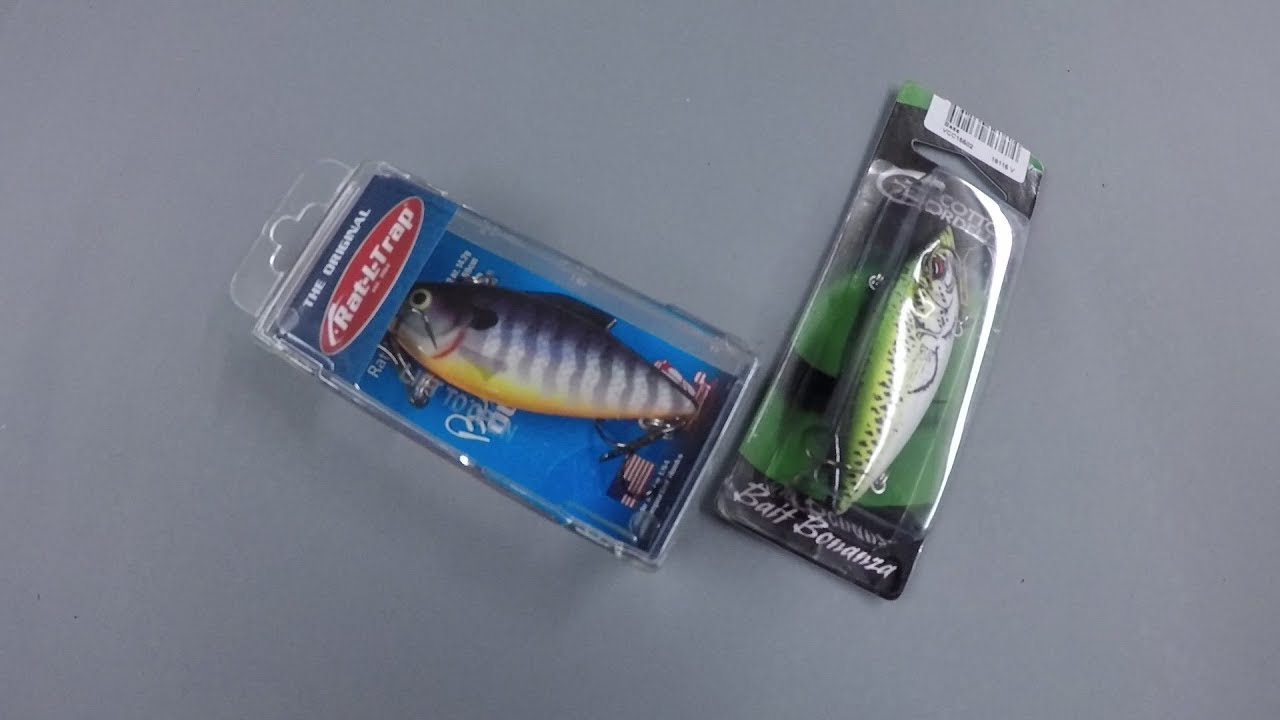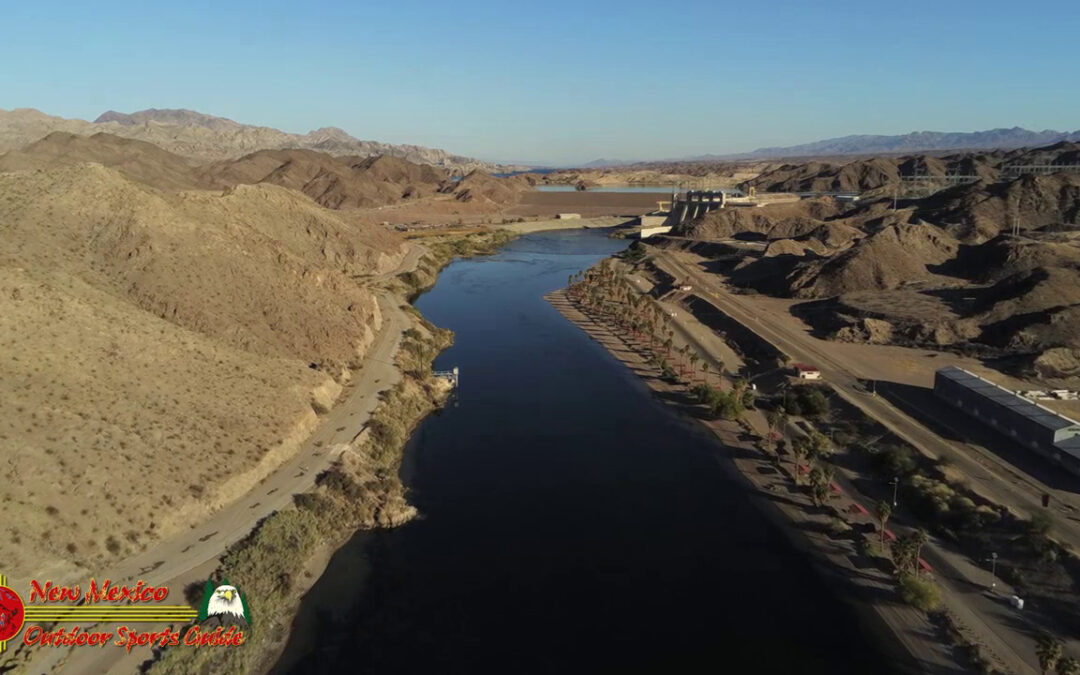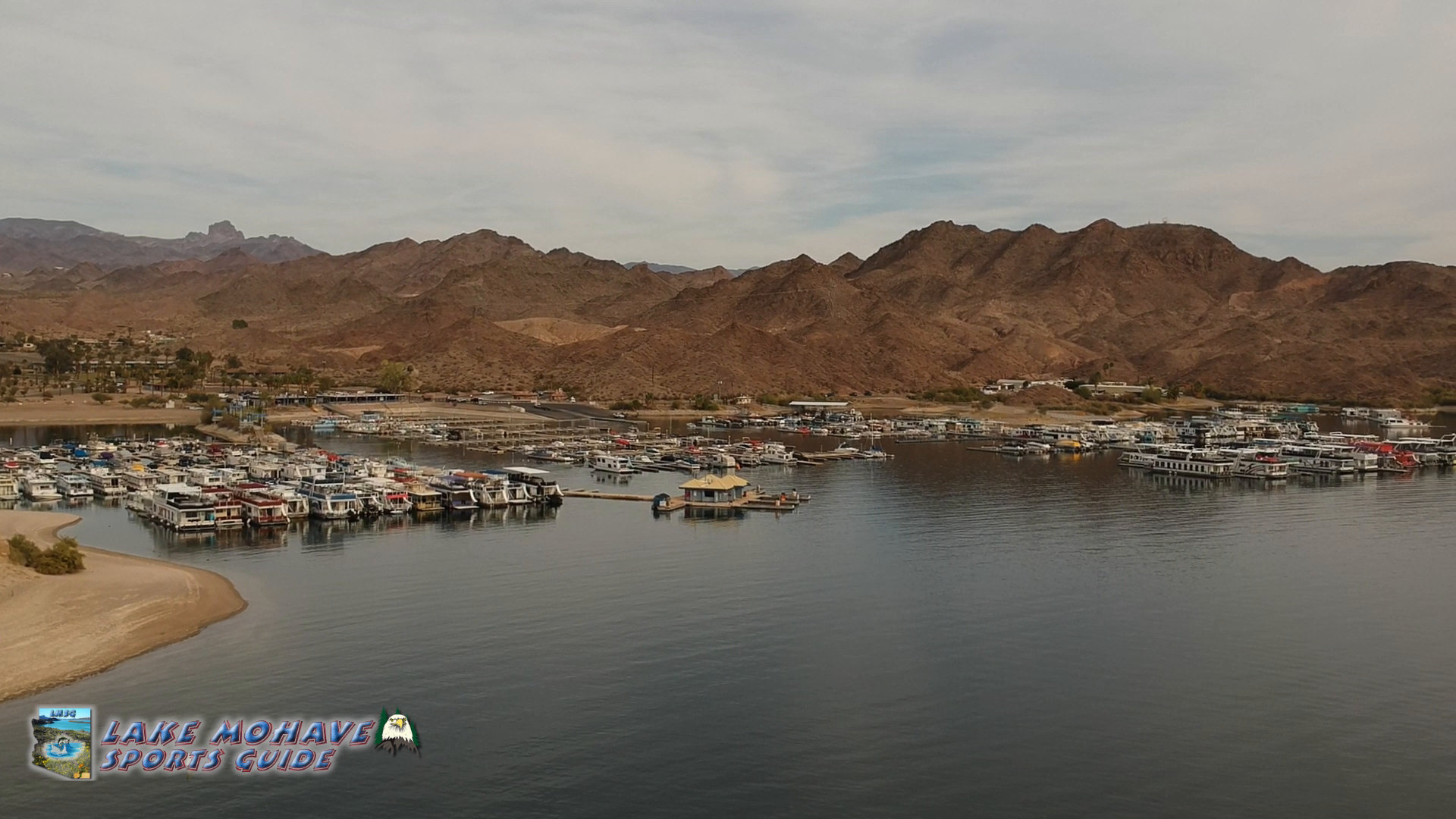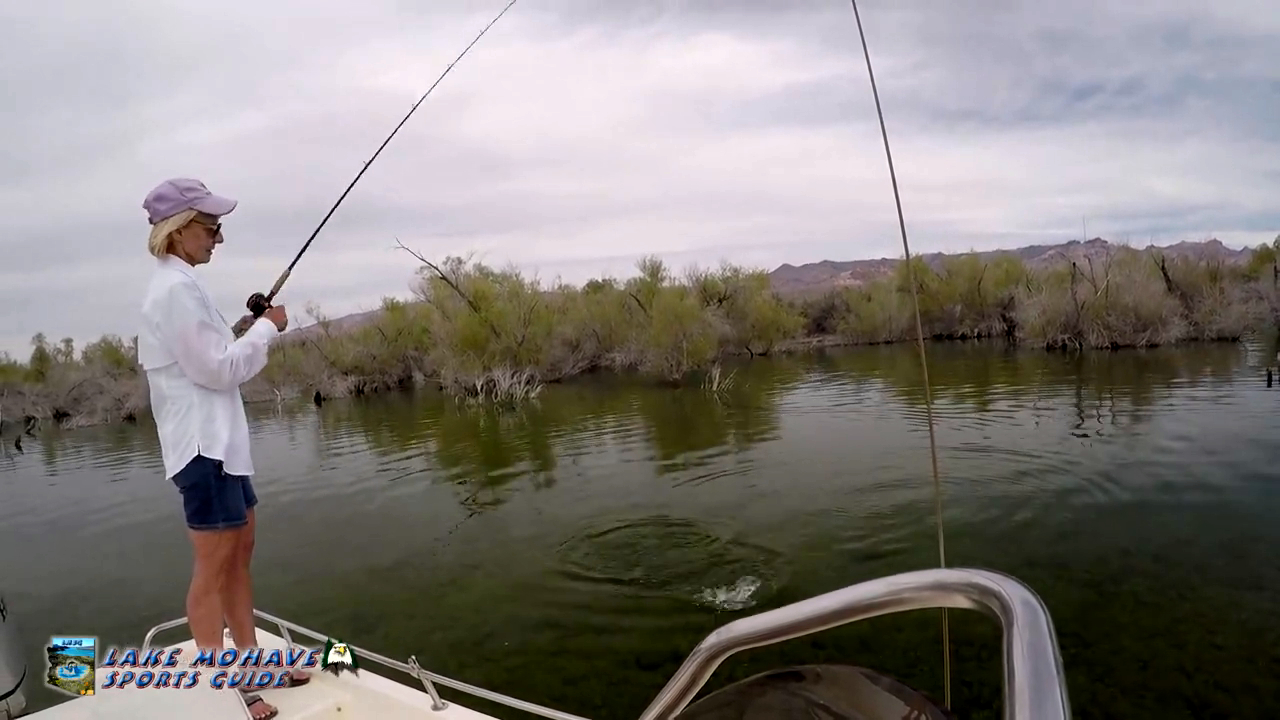Lipless Rat-L-Trap crankbaits are well known and justly famous for their ability to cover a lot of water quickly and to produce fish. Rattletrap is one the best known lipless crankbaits. Loud, flashy attention getters, Rat-L-Traps can be fished in a variety of situations from shallow to deep and everything in between.
How to Fish A Rat-L-Trap
Normally fished in a cast-and-crank shallow water situation, they are also effective when allowed to sink to the bottom and burned over deep structure back to the boat. With this method, just position the boat on the uphill side of a point or underwater hump and throw out as far as you can. Let the bait sink to the bottom and start the retrieve up the slope, banging into rocks and other obstructions along the way. The Rat-L-Trap is best known for ripping through shallow grass beds and surprising bad tempered bass waiting in ambush. These baits will get pounded by hungry fish however you choose to fish them. We carry a variety of fish-catching colors for any situation you are likely to encounter.
Burn It
This is by far the most popular method, a fast steady retrieve covering a lot of water. Many professional fishermen use this method and they call it “locating”. It will allow you to make a lot of casts in a short period of time, thus improving your chance of finding an area where fish are holding. This is an early spring favorite for covering shorelines were bass are spawning. Once you catch a fish, stay in that area and really give it a good work over. You most likely will pick up a couple of more fish in a short period of time. A high-speed reel is highly recommended when burning a Trap. Most reels today come with 5.3 to 1 ratios and are sufficient for this method. However a 6 to 1 ratio is better on your arm.
Stop & Go
When you reel in a Trap, slow or fast, stop the reel every 3 or 4 cranks of the reel handle. This will cause the lure to fall for a second simulating an injured baitfish. You can experiment with this technique by changing up the rhythm of your pause. This is a perfect technique to use where there is a target to throw at. If there is a laying log or a dock, run the Trap up to the log and pause the bait before and after the structure. You don’t need much of a pause; just a split second will allow the bait to fall a little. Be ready at that point, that’s usually when the strike will occur. Bill Lewis uses this method often; it’s one of his personal favorites.
YO-YO
Up and down, a very effective technique for deeper water presentations. Using your rod tip to make the lure rise and fall over structure. Keep in mind a Rat-L-Trap will fall at the rate of 1 1/2 ft per second. This will help you count the lure down to a certain depth. A good example is suspended fish at 15 feet on a graph. You could count to 10 and the Trap will most likely be right in the zone for a strike. If a school is holding in deep water of a major point, try the technique and cover both sides of the point. It really helps if you know the depth of water on each side. If you’re in 20 foot of water, you may want to Yo-Yo the Trap from 5 to 15 feet. Remember, the size of your line will effect how fast a lure sinks. Heavy line will slow the fall rate down and small diameter will speed it up.
When to Fish A Rat-L-Trap
Rat-L-Traps are most productive during late winter and early Spring.












0 Comments